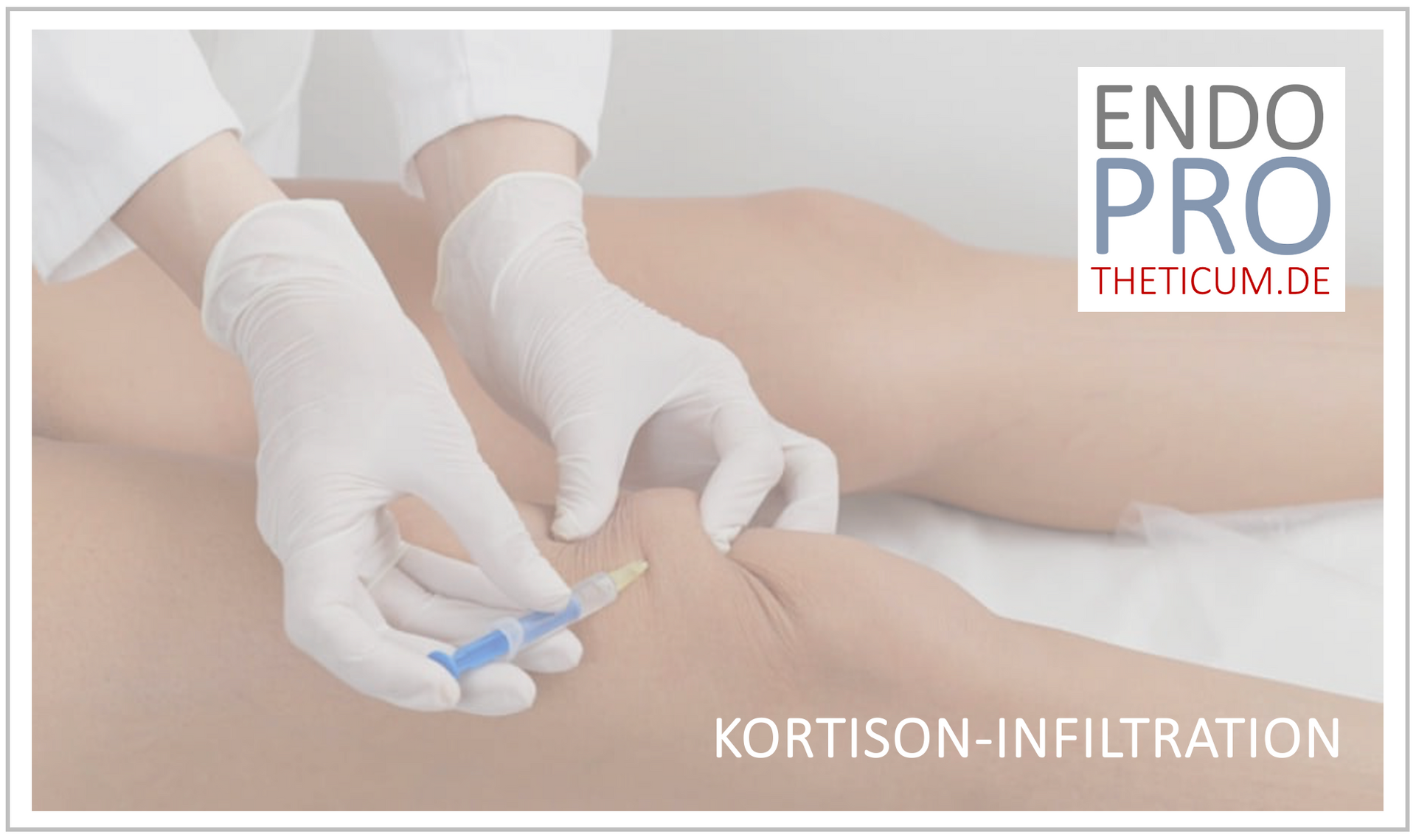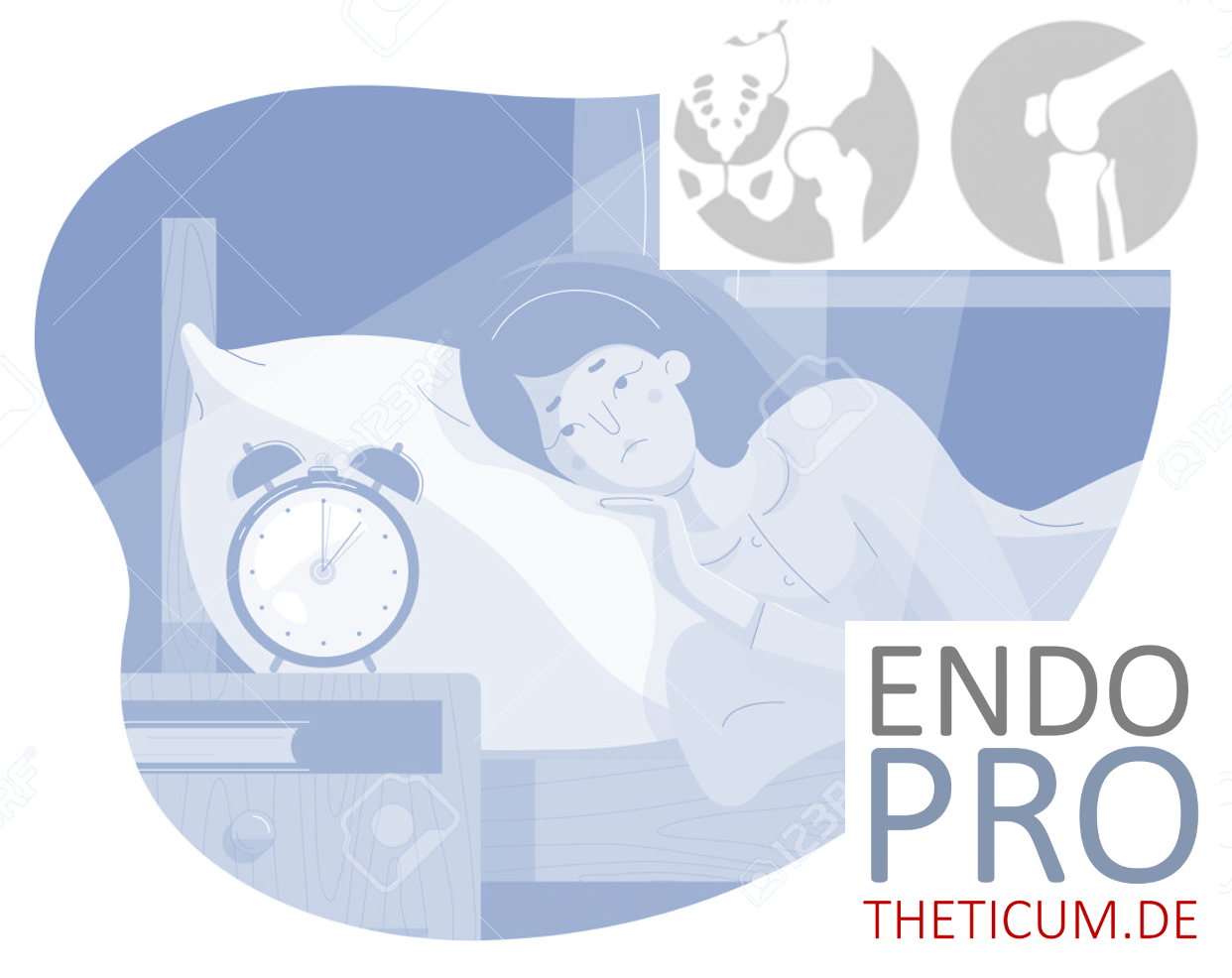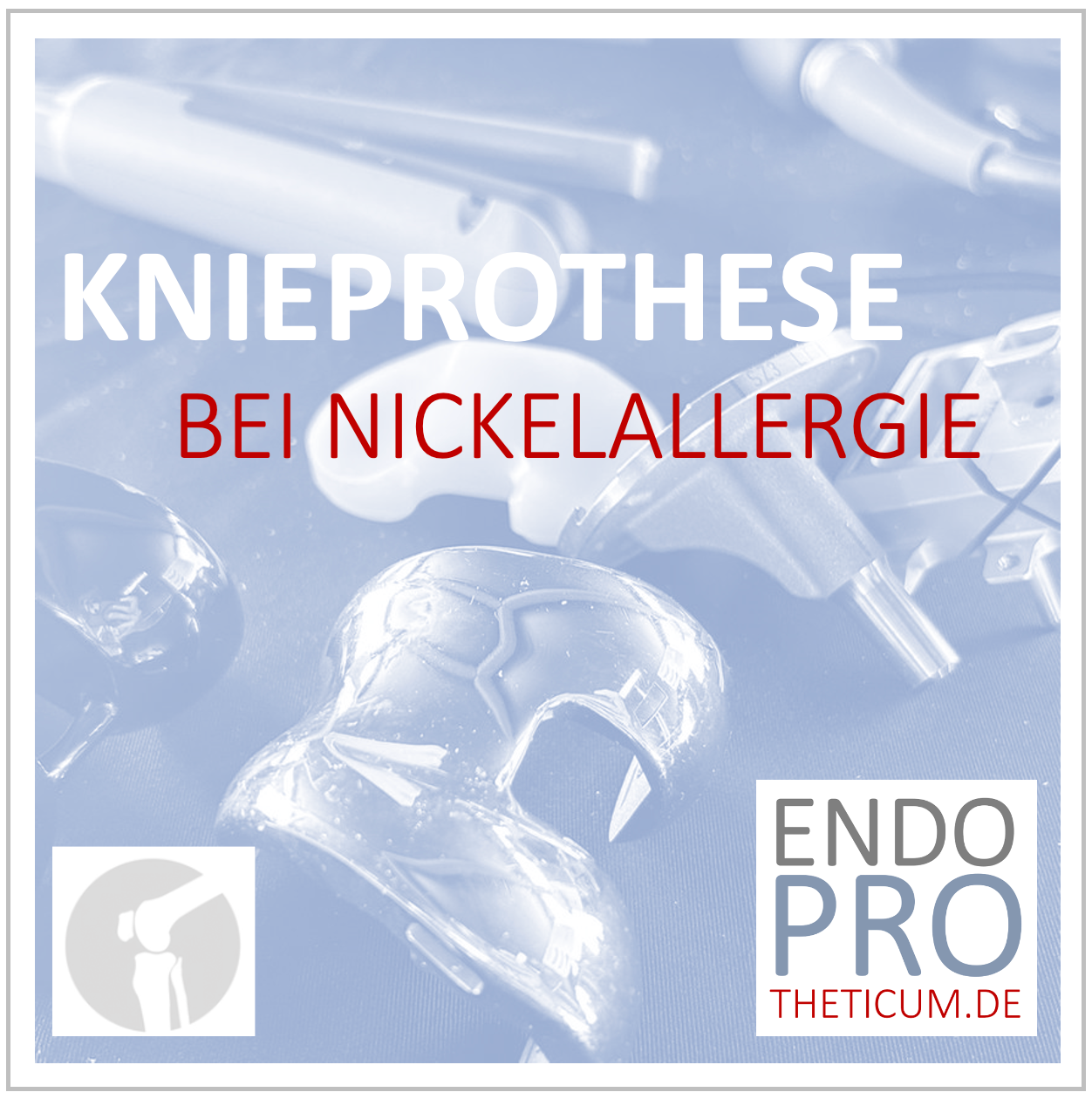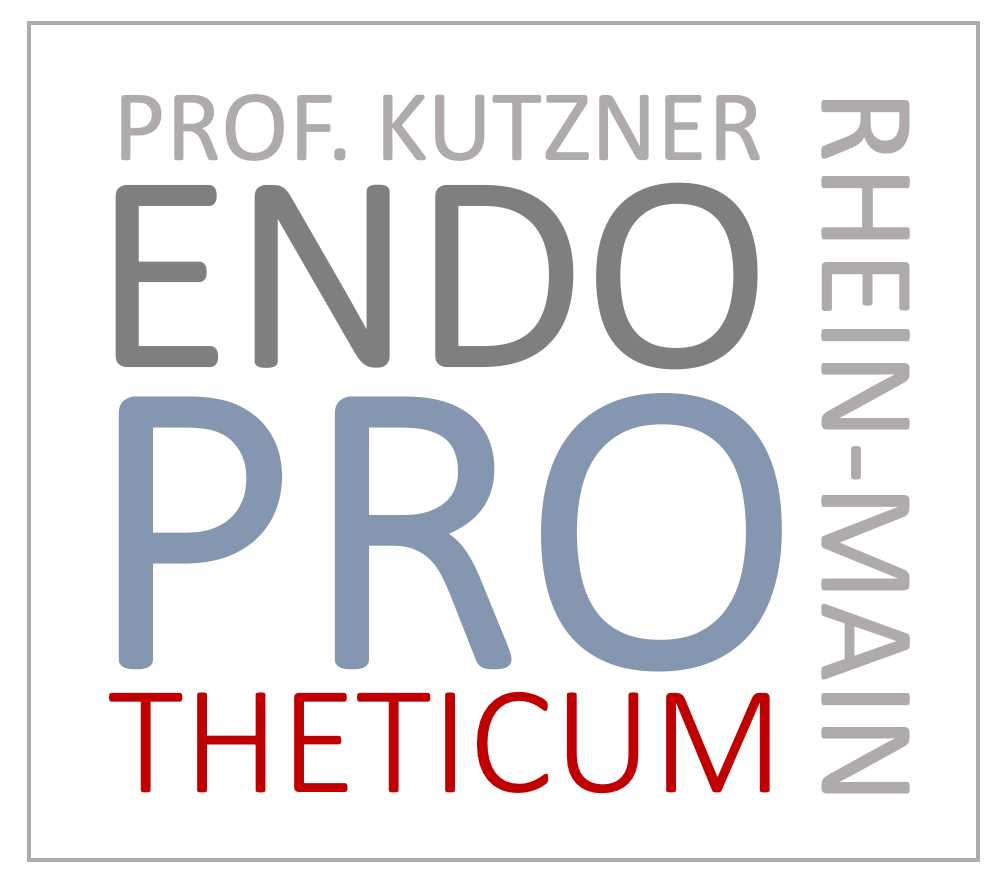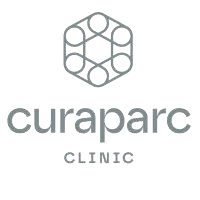Benefits of Short-Stem Total Hip Arthroplasty Over Traditional Implants
Benefits of short-stem total hip arthroplasty

Short-stem total hip arthroplasty (THA) is a revolutionary approach in the field of hip replacement surgery. Traditional long-stem implants have been the standard for decades, but advancements in medical technology and surgical techniques have paved the way for short-stem implants, which offer numerous benefits. This article will delve into the advantages of short-stem total hip arthroplasty over traditional implants, including improved bone preservation, enhanced recovery, and better long-term outcomes.
Understanding Short-Stem Total Hip Arthroplasty
Short-stem total hip arthroplasty involves replacing the damaged hip joint with a prosthetic implant that has a shorter stem compared to traditional long-stem implants. The design of short-stem implants allows for a more anatomical fit within the femur, which promotes better bone preservation and natural load distribution. This surgical technique is particularly beneficial for younger, more active patients who may require future revisions.
Benefits of Short-Stem Total Hip Arthroplasty
1. Bone Preservation
One of the most significant advantages of short-stem implants is the preservation of bone stock. Traditional long-stem implants require more extensive removal of the femoral bone to accommodate the longer stem. In contrast, short-stem implants require less bone removal, which is crucial for patients who may need revision surgery in the future. Preserving more of the patient's natural bone helps maintain the structural integrity of the femur and provides a better foundation for future implants.
2. Minimally Invasive Surgery
Short-stem total hip arthroplasty often involves minimally invasive surgical techniques. These techniques use smaller incisions and cause less damage to the surrounding soft tissues, resulting in reduced pain and faster recovery times. Minimally invasive surgery also tends to result in less blood loss during the procedure and a lower risk of complications, making it a safer option for many patients.
3. Enhanced Stability and Load Distribution
The design of short-stem implants promotes better load distribution and stability. The shorter stem allows for a more natural transfer of mechanical stress across the femur, which can reduce the risk of implant loosening and improve the longevity of the prosthesis. Enhanced stability also means that patients can return to their normal activities with greater confidence and less discomfort.
4. Faster Recovery and Rehabilitation
Patients who undergo short-stem total hip arthroplasty often experience a quicker recovery compared to those with traditional long-stem implants. The minimally invasive nature of the surgery, combined with the preservation of bone and soft tissues, means that patients can start their rehabilitation sooner. Faster recovery times lead to improved mobility and a quicker return to daily activities, which is particularly important for active individuals.
5. Reduced Risk of Thigh Pain
Thigh pain is a common complaint among patients with traditional long-stem hip implants. This pain is often caused by the stem of the implant pressing against the femoral cortex. Short-stem implants, with their more anatomical design, reduce the risk of thigh pain by providing a better fit within the femur. Patients who receive short-stem implants report lower rates of postoperative thigh pain, leading to greater overall satisfaction with the procedure.
6. Better Suitability for Younger Patients
Short-stem total hip arthroplasty is particularly well-suited for younger, more active patients. These patients are likely to outlive their implants and may require revision surgery in the future. The bone-preserving nature of short-stem implants means that there will be more bone available for future surgeries, making revisions easier and more successful. Additionally, the enhanced stability and quicker recovery times allow younger patients to maintain their active lifestyles.
The Surgical Procedure
Preoperative Planning
Before undergoing short-stem total hip arthroplasty, patients undergo a thorough evaluation to ensure they are suitable candidates for the procedure. This evaluation includes:
- Medical History and Physical Examination: To assess the patient's overall health and identify any potential risks.
- Imaging Studies: X-rays, MRI, or CT scans are used to evaluate the condition of the hip joint and plan the surgery.
- Preoperative Instructions: Patients receive detailed instructions on how to prepare for surgery, including fasting guidelines and medication management.
The Surgical Process
- Anesthesia: Patients are administered either general or regional anesthesia to ensure a pain-free procedure.
- Incision: A small incision is made over the hip joint, minimizing soft tissue disruption.
- Joint Access: The hip joint is carefully dislocated to expose the damaged areas.
- Bone Preparation: The damaged femoral head is removed, and the femur is prepared to receive the short-stem implant.
- Implant Insertion: The short-stem prosthesis is inserted into the femur, and the acetabular component is fixed in place.
- Reconstruction: The hip joint is reassembled, ensuring proper alignment and stability of the implant.
- Closure: The incision is closed with sutures or staples, and a sterile dressing is applied.
Recovery and Rehabilitation
Immediate Postoperative Care
- Hospital Stay: Most patients stay in the hospital for 1-3 days post-surgery, depending on their progress.
- Pain Management: Pain is managed with medications, including opioids, NSAIDs, and local anesthetics.
- Early Mobilization: Patients are encouraged to start moving and walking with assistance on the day of surgery or the next day.
Rehabilitation Process
- Physical Therapy: A structured physical therapy program is initiated to restore strength, flexibility, and mobility.
- Home Exercises: Patients are given specific exercises to perform at home to complement their in-clinic therapy sessions.
- Follow-Up Appointments: Regular follow-up visits are scheduled to monitor the healing process and implant stability.
Potential Risks and Complications
While short-stem total hip arthroplasty offers numerous benefits, it is not without risks. Some potential complications include:
- Infection: Although rare, infections can occur and may require additional treatment or surgery.
- Dislocation: There is a small risk of the implant dislocating, particularly in the early stages of recovery.
- Fractures: Periprosthetic fractures (fractures around the implant) can occur, especially in patients with poor bone quality.
- Nerve or Blood Vessel Injury: The proximity of nerves and blood vessels to the surgical site means there is a slight risk of injury.
- Implant Failure: Over time, the implant may wear out or become loose, necessitating revision surgery.
Frequently Asked Questions
1. Who is a good candidate for short-stem total hip arthroplasty?
Good candidates include younger, more active patients with good bone quality who are looking to preserve as much bone as possible for potential future revisions.
2. How long does the surgery take?
The surgery typically takes between 1 to 2 hours, depending on the complexity of the case.
3. When can I return to normal activities?
Most patients can return to normal activities within 6 to 12 weeks, although full recovery may take up to 6 months.
4. Will I need physical therapy?
Yes, physical therapy is an essential component of the recovery process and helps ensure the best possible outcome.
5. How long will the implant last?
Short-stem implants are designed to last many years, but their longevity can be influenced by factors such as patient activity level, weight, and overall health.
Conclusion
Short-stem total hip arthroplasty offers significant advantages over traditional long-stem implants, including better bone preservation, minimally invasive surgery, enhanced stability, faster recovery, reduced risk of thigh pain, and suitability for younger patients. This innovative approach to hip replacement surgery provides patients with a safer, more effective solution for hip joint deterioration, allowing them to return to their normal activities with improved mobility and less discomfort. As with any surgical procedure, it is important to have a thorough discussion with your healthcare provider to determine if short-stem total hip arthroplasty is the right choice for you. With proper care and rehabilitation, patients can look forward to a significant improvement in their quality of life and return to their favorite activities.
TERMIN VEREINBAREN?
Gerne können Sie einen Termin sowohl telefonisch, als auch online vereinbaren.















